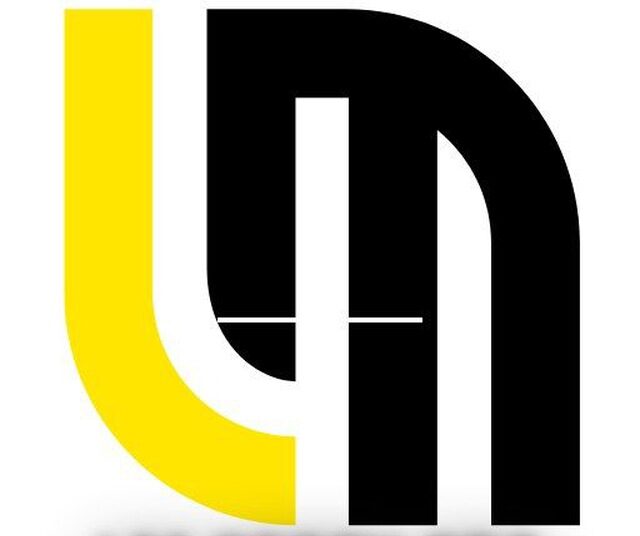With a holiday in the United States, the focus today remains on European markets, as the stocks have witnessed a recent increase in Trump’s push towards a quick solution to the war in Ukraine. However, are the markets rushing to adopt this optimism?
This analysis of the DAX index shows that the German index has now reached excessive purchasing saturation levels, which requires caution.
Written by: Fawad Razzaq Zadeh, market analyst
The general feeling in Europe remained positive as the main indicators continued to achieve its recent gains, as the DAX index recorded a new standard to become in the technical saturation area technically.
The gains were led by the shares of defense companies, driven by the possibility of increasing military spending in the European Union, which may force governments to increase borrowing in the coming years. As a result, bond prices fell, while returns on German, French and Italian bonds increased significantly. With a holiday in the United States, today the focus has been entirely on European markets, as stocks rose strongly thanks to Trump’s pushing for a quick solution to the war in Ukraine. However, are the markets over their optimism? This analysis of the DAX index shows that the German index has now reached excessive purchasing saturation levels, which requires caution.
Technical analysis
Currently, the DAX index is still impressive. The German index has reached its lowest level in October 2022, and since then, only two main corrections have witnessed during the following years, both of which did not exceed 10% before buyers intervene when declining to push the market to new record levels.
All other declines were largely limited, ranging from 5-7%. As a result, the DAX index often kept its stability above the short -term moving average for 21 weeks. In general, the price movement was very strong.


However, since the index now has reached long -term purchasing levels, there is a risk of a long -awaited correction in the coming days or weeks.
The RSI Index (RSI) shows a severe purchasing saturation level at 80+ (81.3) on the weekly timetable. The last time the index reached this level of purchasing saturation was in March last year, when the relative power index reached 81.0 before it declined later. At that time, the index continued to record a new summit in May, but then decreased by 10% until the market reached the bottom in August.
If this historical scenario is repeated and witnessed a correction, a 10% decline may return the index to the levels at which it was trading at the end of December, or about 20500, as the SIA moving average for 21 weeks will play an important role.
Given that the market has respected this moving average over and over again, we may witness the resumption of the upward trend at this level, unless a major declining stimulus appears that leads to a more severe correction. But in the basic scenario, we expect approximately 10% correction – if that happens.
The monthly RSI is now approaching the level of 80 – a rare thing.


2025-02-17 18:05:02

